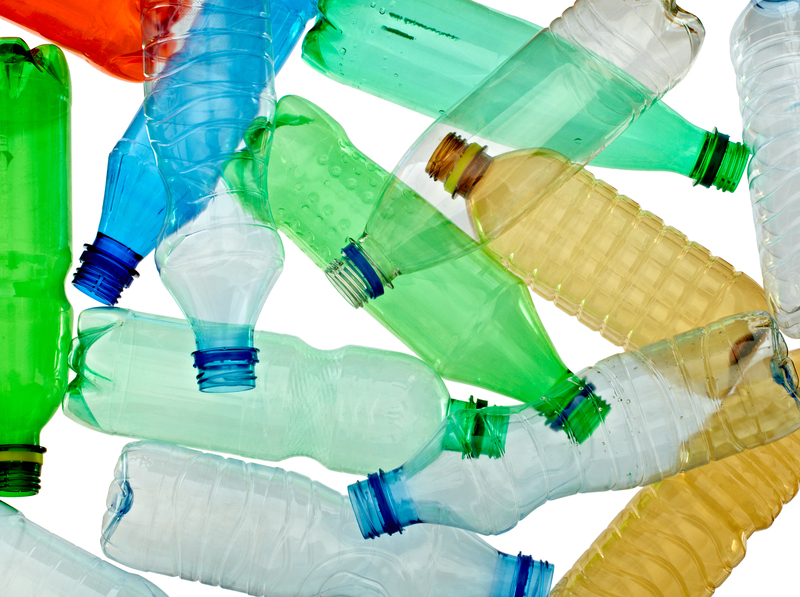In an era where environmental consciousness is steadily on the rise, more people are looking into ways to make their homes eco-friendly. The kitchen, often a hub of activity and consumption, is a crucial place to start. A plastic-free kitchen not only reduces waste and pollution but also promotes healthier living. Transitioning to an eco-friendly, plastic-free kitchen can seem daunting, but with careful planning and mindful choices, it can become a reality.
The Plastic Problem
Plastic production has skyrocketed over recent decades, and its persistence in the environment is a significant concern. With over 300 million tons of plastic produced annually, much of it ends up in landfills or polluting oceans. Traditional plastics are derived from fossil fuels and can take hundreds to thousands of years to decompose. This extended decomposition period means that plastics accumulate, leading to major environmental problems, including harm to wildlife and ecosystems.

Assessing Your Kitchen's Plastic Usage
The first step in creating an eco-friendly plastic-free kitchen involves assessing your current usage. Take inventory of items like containers, utensils, packaging, and cleaning supplies. Identify the most common plastic items and consider if they are single-use or multi-use. Single-use plastics are the most problematic, as they contribute significantly to waste.
Once you have a clear picture, prioritize which items to replace first. Start with the easiest swaps to build momentum, and gradually move towards more challenging items. This approach helps maintain motivation throughout the process.
Plastic-Free Alternatives
There are numerous alternatives to plastic that are not only eco-friendly but also highly functional and aesthetically pleasing. Here are some key areas to consider:
Food Storage
Investing in glass containers is an excellent starting point for food storage. Glass is durable, infinitely recyclable, and free from harmful chemicals often found in plastics. For added convenience, look for glass containers with bamboo or stainless steel lids.
Another great option is silicone storage bags. They are reusable, flexible, and perfect for storing everything from snacks to leftovers. Beeswax wraps are another innovative solution, ideal for covering bowls or wrapping food items.
Utensils and Cutlery
Swap out plastic utensils and cutlery for options made of stainless steel, bamboo, or wood. These materials are not only sustainable but will also provide a more pleasant dining experience. Many companies offer complete cutlery sets that include forks, knives, and spoons, which are perfect for both home use and on-the-go meals.
Cookware
Opt for non-toxic cookware made from materials like stainless steel, cast iron, or ceramic. These options are not only safer for your health but also more durable than their plastic counterparts. Avoid non-stick pans with plastic coatings, as they can release harmful chemicals when heated.
Plastic-Free Shopping and Storage
Reducing plastic use in the kitchen goes beyond the items within the space; it extends to how you shop and store food.
Shopping Bags and Produce Bags
Eliminate plastic grocery bags by switching to reusable cloth bags. Many stores now offer sturdy, washable bags that can last for years. Additionally, avoid plastic produce bags by using mesh or cloth alternatives. These bags are perfect for holding fruits, vegetables, and bulk items.
Bulk Shopping
Buying in bulk is an excellent way to reduce packaging waste. Many stores offer bulk sections where you can fill your own containers with grains, nuts, spices, and more. Not only does this reduce plastic packaging, but it also often saves money.
Food Storage
Once home, store your bulk goods in glass jars or stainless steel containers. Label them clearly to keep your pantry organized. These containers are not only free of plastic but also help keep food fresher for longer.
Eco-Friendly Cleaning Solutions
Many conventional cleaning products are packaged in plastic and contain harmful chemicals. Transitioning to eco-friendly cleaning solutions can significantly reduce your environmental impact.
DIY Cleaners
Making your own cleaning products is a fantastic way to cut down on plastic packaging. Simple ingredients like vinegar, baking soda, lemon juice, and essential oils can be combined to create effective cleaners for various surfaces. For instance, a mixture of vinegar and water works well for cleaning glass and countertops. Baking soda can be used as a scrubbing agent for tough stains.
Refillable Containers
For those who prefer purchasing pre-made cleaners, look for brands that offer refill options. Many eco-friendly companies provide refill stations or bulk sizes, allowing you to reuse the same container multiple times. This approach significantly reduces plastic waste and supports a circular economy.
Cleaning Tools
Replace plastic sponges and brushes with sustainable alternatives. Natural fiber brushes, such as those made from coconut husk or bamboo, are biodegradable and efficient. Instead of disposable paper towels, use washable cloths or microfiber towels for cleaning.

Building Sustainable Habits
Transitioning to a plastic-free kitchen requires not only changes in products but also in habits. Building sustainable habits ensures the longevity of your eco-friendly kitchen.
Plan Meals and Shop Mindfully
Planning meals ahead of time helps reduce food waste and ensures you purchase only what you need. By creating a shopping list and sticking to it, you can avoid impulse buys that often come packaged in plastic.
Practice Mindful Consumption
Be mindful of the amount of packaging involved in the products you buy. Whenever possible, choose items with minimal or no plastic packaging. Support brands that use sustainable packaging materials and are committed to reducing plastic waste.
Engage Your Household
Involve everyone in your household in the transition to a plastic-free kitchen. Educate family members about the importance of reducing plastic use and encourage them to participate in sustainable practices. Making it a collective effort ensures consistency and promotes a shared commitment to environmental conservation.
Conclusion
Creating an eco-friendly, plastic-free kitchen is a rewarding endeavor that contributes to a healthier environment and a more sustainable lifestyle. By assessing your current plastic usage, investing in alternatives, adopting eco-friendly habits, and encouraging household participation, you can significantly reduce your kitchen's plastic footprint.
Remember, the goal is progress, not perfection. Every small step towards reducing plastic use makes a difference. Embrace the journey and enjoy the positive impact it brings to your life and the planet.

